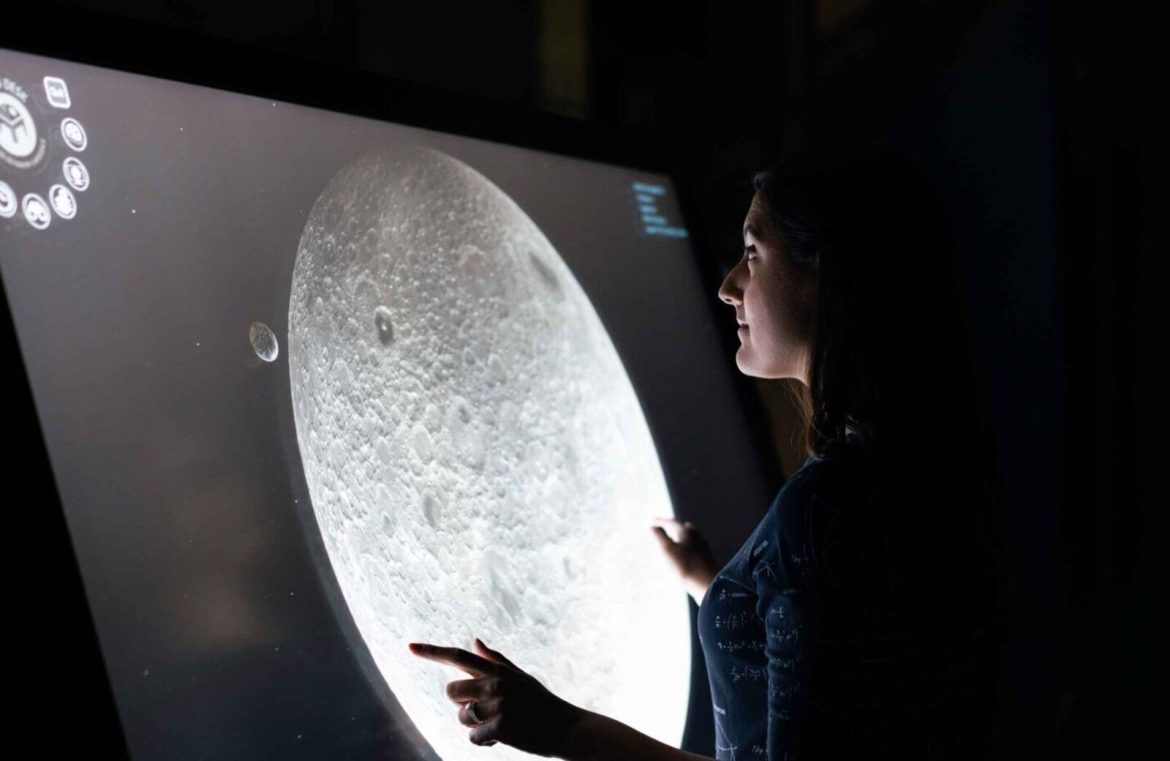Augmented Reality (AR) has emerged as a technological marvel, revolutionizing the way brands connect with their audience. As a step up from virtual reality, AR offers easily accessible immersive experiences, requiring nothing more than a smartphone to plunge users into enhanced brand encounters.
With the shift in consumer behavior following the onset of the 2020 pandemic, businesses have seen a drastic decrease in physical interactions, propelling the need for virtual connections. AR steps in as a pivotal element for forging emotional bonds between a brand and its clientele. Significantly, approximately 71% of shoppers express a greater likelihood to make purchases with AR at their disposal.
So, what’s the approach for developing AR experiences that resonate with your brand?
Pioneering AR-Driven Brand Experiences
An impactful AR endeavor goes beyond state-of-the-art tech; it is the culmination of a thought-out strategy aimed at supporting and captivating your demographic.
Breakaway AR brand experiences are more than mere interactive adverts; they serve to enlighten, delight, and connect users to a brand in compelling new ways. Prior to app development, ponder over the sort of AR journey you wish to offer. Below are some stellar cases for inspiration.
“Try It On” AR Features
E-commerce expansion is witnessing staggering growth. The virtual marketplace is becoming a central hub for consumer transactions, yet it is not without its hitches.
Whilst an expertly designed website can provide ample product info, it can’t replicate the tangible experience of shopping in person. To offer consumers a life-like online shopping episode, AR’s “try before you buy” applications serve as a shining example.
Prevalent in fashion and cosmetics, such applications let shoppers visualize how products, from hairstyles to makeup shades, might appear on them via AR filters. This resonates well with the digital-savvy crowd, accustomed to similar functionalities on platforms like TikTok and Instagram.
An illustrious instance is Sephora’s “Virtual Artist” app, launched in 2016, which leverages Modiface technology to superimpose beautifying products on customers’ images through phone cameras, providing a realistic preview of potential makeovers.

As AR tech gains prevalence, privacy-conscious solutions are emerging. ASOS, for instance, introduced “See My Fit” in 2020, an ingenious service enabling customers to visualize garments on models reflecting their physique, reducing return rates and boosting sales significantly.
AR Enhanced Product Selection and Visualization
The days of thumbing through print catalogs are waning, superseded by the need for an interactive and rich digital shopping experience.
Take for example Home Depot’s pioneering “Project Color” app that let users visualize paint colors in their rooms, taking into account real-world aspects like shadows and lighting, to offer an authentic glimpse of the final look. Such realism in product visualization not only aids purchasing decisions but can fortify customer loyalty towards a brand.

Wayfair’s utilization of LiDAR for its “View in Room” app exemplifies the significant advantage of AR in replicating a true-to-life product encounter, driving up the likelihood of a customer committing to a purchase.
Cultivating Extraordinary Brand Encounters
AR stands at the forefront of blurring the boundaries between the virtual and the actual. As we inch closer to a metaverse-centric reality, AR’s potential for shaping brand experiences is boundless.
Brands are crafting virtual events and limited-time AR experiences to distinguish themselves in the marketplace. For instance, during 2020’s virtual London fashion week, Machine-A launched an AR boutique accessed through street posters and billboards, opening up to immersive fashion experiences via mobile.
This kind of innovation invites businesses to reimagine customer engagement, with pioneering brands exploring ways to draw the spotlight through unique AR interactions.
Revolutionizing Customer Service with AR
In the modern marketplace, a brand’s image is indelibly linked to its customer support quality. Outstanding service is often the deciding factor in cultivating brand allegiance.
Amazon Salon is a prime representation of how AR can refine customer support. Its ‘point and learn’ feature lets customers gain product insights directly off the shelf, streamlining the shopping process.

This proactive approach, inclusive of user manuals through AR, equips customers with the knowledge to fully utilize their purchases, fostering immediate value recognition.
Modernizing Web Experiences Through AR
Incorporating AR into websites is swiftly becoming a mainstream approach to enriching customer interaction. From 360-degree viewings to QR-based expanded realities, brands like BMW are enhancing online presentations with immersive components.

With the field of AR constantly evolving, the opportunities for integrating these experiences within web design are limitless.
Embracing the World of AR Events
The transition to hybrid and AR-centric events is reshaping the event landscape. Virtual settings like Unilever’s Pot Noodle career fair are pioneering pathways for connecting and engaging audiences from afar, fulfilling the demand for shared experiences limited by the post-pandemic situation.

This format introduces a modern method for attendees and organizers to experience events with broader accessibility and safety considerations.
Animating Brand Stories via AR
In an era where consumer choices are increasingly guided by brand perception, utilizing AR can redefine customer-brand dynamics.
Digital innovation through AR is not just a trend – it’s a strategic investment into a brand’s future. From mobile apps to AR-driven customer service, the examples highlighted here serve as an inspiration for brands eager to embark on the AR voyage. It’s all about deciding which route best aligns with your brand’s objectives and values.
As you consider these options, remember that the key lies in novelty and engagement, hallmarks of the AR-enhanced brand experience.

